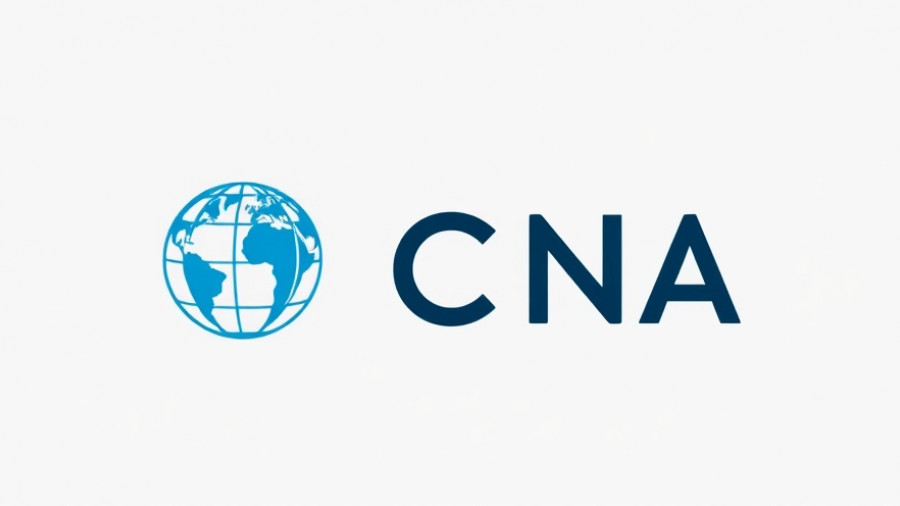
A Symbol of Hope or a Diminished Gesture?
Tehran's latest addition, the Virgin Mary metro station, has become a focal point of intense discussion and debate. Opened near the St. Sarkis Armenian Cathedral, the station features captivating religious artwork, giving a nod to the Virgin Mary, a figure revered in both Christianity and Shi'a Islam. For many Iranians, this marks a surprising acknowledgment of religious plurality in a country often criticized for its strict management of religious freedoms. However, the enthusiasm surrounding its unveiling is juxtaposed against the harsh realities faced by minority faiths in Iran.
Religious Diversity in a Complex Context
Regardless of the optimism expressed, skepticism remains a strong sentiment among critics who see the naming of a metro station after a Christian figure as a calculated move by a government desperate to reshape its global image. Observers highlight that while the station signifies a certain level of religious acknowledgment, systemic issues related to religious freedom in Iran cannot be ignored. Iranian law still prohibits public displays of worship for non-Islamic faiths, which casts a shadow over the apparent goodwill depicted by the station.
Contrasting Public and Private Lives
While public symbols like the Virgin Mary metro station appear to promote tolerance, the underground realities are starkly different. Christians face persecution, ranging from social exclusion to legal penalties for their beliefs. For instance, in recent years, numerous individuals have faced arrest for merely owning Bibles or engaging in religious discussions. The Iranian government’s tight grip on religious expression forces many Christians to worship secretly, fearing the repercussions of expressing their faith openly.
The Growing Underground Church Movement
Despite governmental limitations, the Christian community in Iran continues to grow. In a remarkable trend, conservative estimates suggest around 800,000 conversions from Islam to Christianity in silent observance of faith undeterred by state pressures. The continued growth of church congregations, often held in secret locations, represents resilience against oppression.
Facing Reality: A Broader Perspective
The contrast presented by Tehran's Virgin Mary metro station serves as a powerful reminder of a country's ongoing struggle to balance its public image with the harsh treatment of its religious minorities. This new addition to the metro line may reflect an outward-facing tolerance, but it also highlights the depth of the divide between official narratives and the lived experiences of Iranian Christians.
As discussions swirl regarding the significance of the Virgin Mary metro station, it can be seen as both a symbol of hope and a lens through which to view the complex dynamics of faith freedom in the Islamic Republic.
 Add Row
Add Row  Add
Add 




Write A Comment